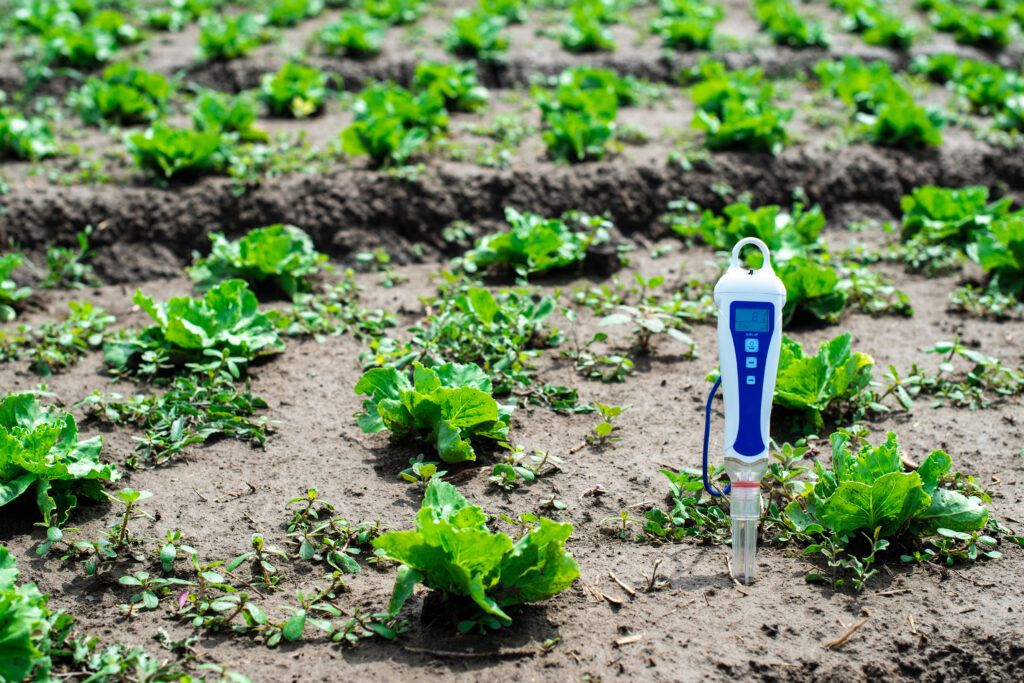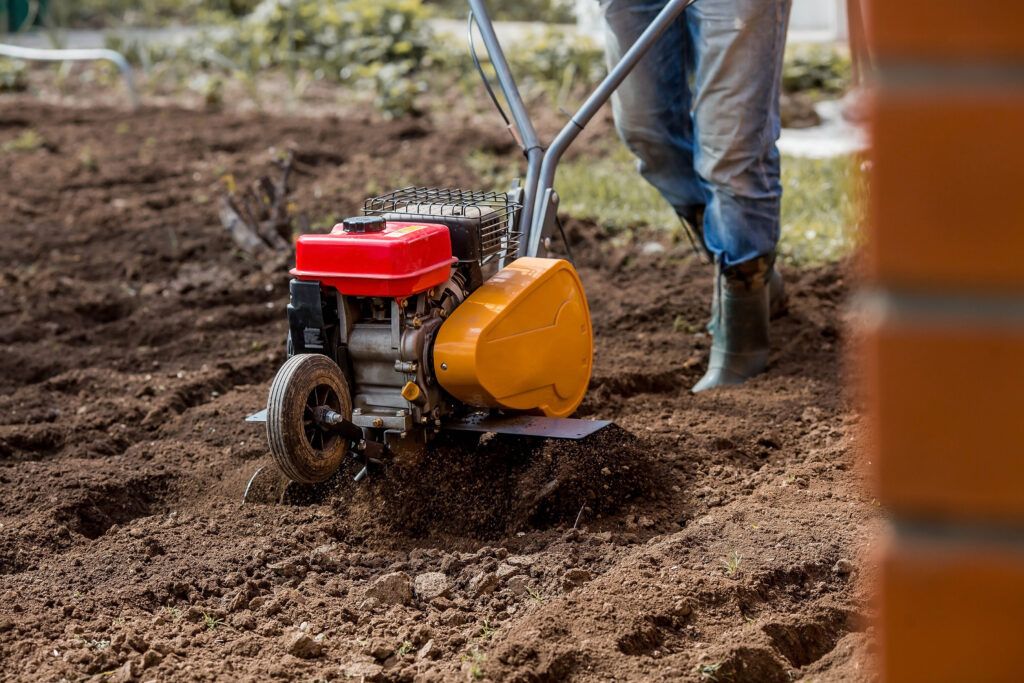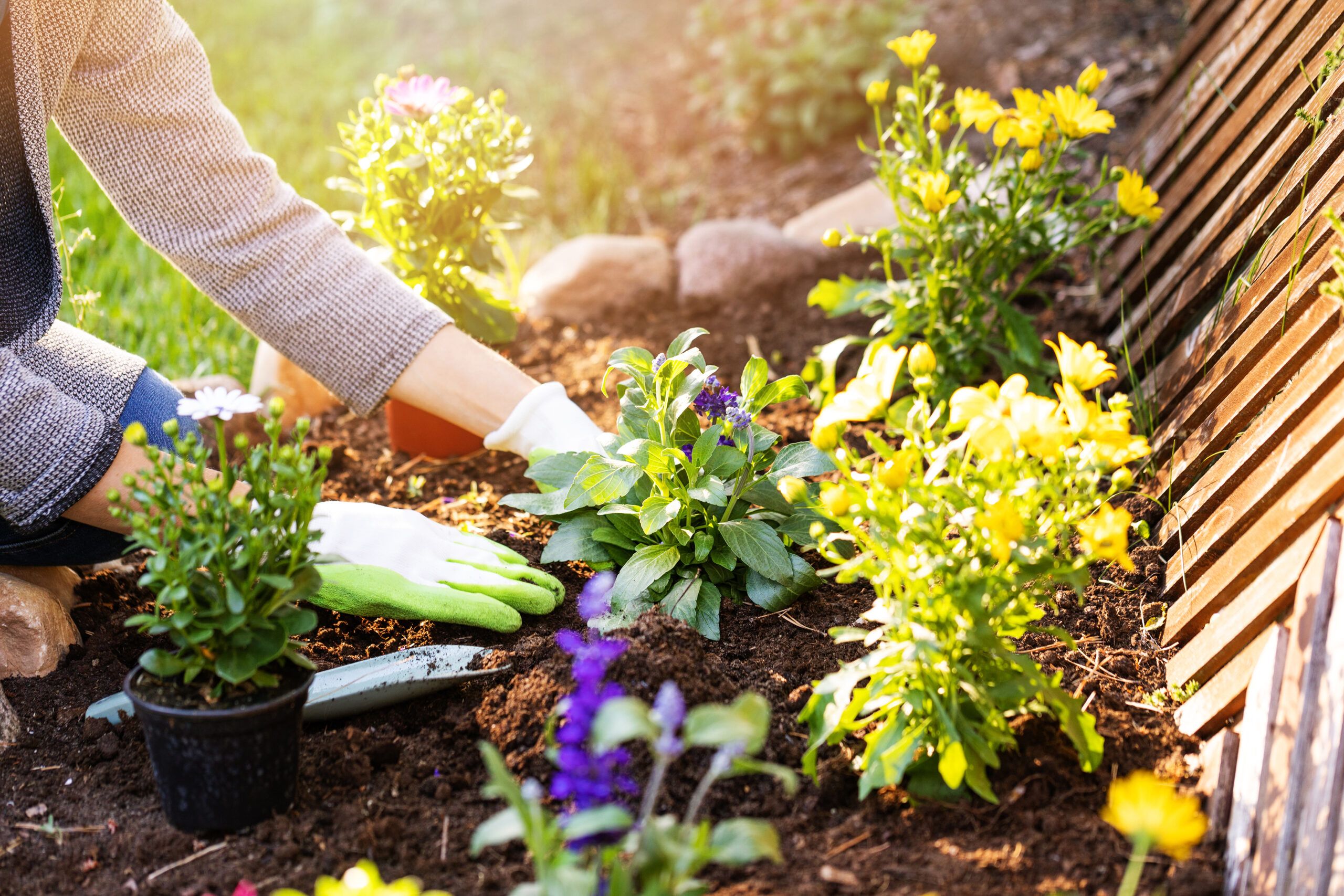Successful gardening starts from the ground up. While factors like sunlight, plant hardiness zones, and proper watering are important, understanding your soil is the foundation of a thriving garden. Different soil types can significantly impact plant growth, nutrient availability, and water retention.
By learning about your soil composition and how to improve it, you can create the perfect environment for your plants to flourish. This guide will help you identify your soil type, understand its characteristics, and learn how to improve it for the best gardening results.
Learn the Types of Soil
Soil is more than just dirt. It’s a complex mixture of organic material and mineral particles that plays a vital role in plant health. The four main types of soil you’re likely to encounter in your garden are sand, clay, silt, and loam. Each type has unique properties that will affect plant growth in different ways.
To determine your soil type, dig about six inches into your garden and take a look at a handful of soil. Pay attention to its color, texture, and how it feels when you try to form it into a ball. This simple test can give you valuable insights into what you’re working with.
- Sandy soil is light-colored, coarse, and gritty. It feels rough between your fingers and falls apart easily when you try to form it into a ball. Sandy soil drains quickly, which can be both an advantage and a disadvantage. While it prevents waterlogging, it also means nutrients can be washed away rapidly. This type of soil warms up quickly in the spring but can dry out rapidly in the summer months, making regular watering essential.
- Clay soil is often reddish or brownish and feels sticky and dense. It holds its shape well when molded. Clay soil is rich in nutrients and retains water effectively, but it can become compacted and poorly aerated, potentially suffocating plant roots. This soil type requires careful management, especially in wet conditions, as it can become waterlogged.
- Silty soil is usually brown or grayish and feels smooth and silky. It’s more fertile than sandy soil and drains better than clay, making it a good middle ground. However, it can become compacted if not managed properly. Silty soils are also better at retaining moisture and are often found in areas prone to flooding.
- Loamy soil is considered the ideal garden soil. It’s a balanced mixture of sand, silt, and clay, typically dark brown in color. Loamy soil feels slightly gritty but also smooth and slightly sticky. It retains moisture and nutrients well while still allowing for good drainage and root growth. Thanks to its texture, loamy soil is easy to work with and provides a great growing medium for most plants.
Why You Should Test Your Soil

While looking at and feeling your soil can give you a general idea of your soil type, a soil test will give you more detailed and accurate information. Soil testing reveals two key factors: soil pH and nutrient content.
Soil pH ranges from 0–14 and measures how acidic or alkaline your soil is. Most plants prefer a neutral pH around 7, but some thrive in more acidic or alkaline conditions. For instance, blueberries prefer acidic soil (pH 4.5–5.5), while lavender thrives in slightly alkaline soil (pH 6.5–7.5). Knowing your soil’s pH helps you choose plants that will naturally flourish or allow you to adjust the pH to suit your desired plants.
A soil test also reveals the nutrient content of your soil. The three primary nutrients plants need are nitrogen (N), phosphorus (P), and potassium (K). We know them as NPK.
Each plays an important role in plant health:
- Nitrogen promotes leaf growth and gives plants their green color.
- Phosphorus supports root development and flower and fruit production.
- Potassium enhances overall plant health and disease resistance.
In addition to NPK, soil tests often measure secondary nutrients like calcium, magnesium, and sulfur, as well as micronutrients, including iron and zinc. Understanding your soil’s nutrient profile will help you fertilize more effectively by providing only what your plants need. You’ll also avoid over-fertilization, which can harm plants and the environment.
We recommend soil testing every 3–5 years, or more frequently if you’re actively working to improve your soil. Many county extension offices offer soil testing services, often at low or no cost to you. You can also purchase home soil test kits from garden centers or online retailers. A comprehensive soil test can save you from wasting money on unnecessary amendments and help you create a better growing environment for your plants.
Which Plants Suit Your Soil Best?
Choosing plants that naturally thrive in your soil type can save you time, effort, and resources. While many plants can adapt to various soil conditions with proper care, working with your natural soil type often leads to healthier, more robust plants.
- Sandy soil is well-suited for drought-tolerant plants with deep root systems. Vegetables like carrots, radishes, and potatoes grow well in sandy soil, as do herbs like rosemary and thyme. For flowers, consider plants like sedum, yarrow, and black-eyed Susans. Grasses like fescue and rye also perform well in sandy conditions.
- Clay soil, despite its challenges, can support a variety of plants once properly amended. Vegetables like broccoli, cabbage, and beans often do well in clay soil. Perennial flowers such as asters, coneflowers, and daylilies can thrive in clay conditions. Shrubs like hydrangeas and roses also perform well in clay soil because of their ability to handle the dense structure.
- Silty soil is versatile and can support a wide range of plants. It’s excellent for vegetable gardens, supporting plants like tomatoes, peppers, and leafy greens. Many flowering plants also do well in silty soil, including roses, peonies, and hostas. Silty soils are also great for bulbs like tulips and daffodils, making them suitable for diverse garden types.
- Loamy soil is ideal for most garden plants because of its balanced composition. It’s excellent for vegetable gardens and can support a diverse range of flowers, shrubs, and trees. From tomatoes and strawberries to magnolias and oaks, loamy soil provides an optimal environment for an array of plants.
Remember, while these recommendations can guide your plant selection, many plants can adapt to different soil types with proper care and soil amendments. Always research specific plant requirements and consider factors like sunlight, water needs, and plant hardiness zone along with soil type when choosing plants for your garden.
Why Tilling Soil Is Important

Tilling is a crucial step in preparing your garden soil for planting. This process involves breaking up and turning over the soil, which serves several important purposes:
- Aeration: Tilling introduces air into the soil, which is essential for healthy root growth and beneficial soil microorganisms.
- Loosening compacted soil: Over time, soil can become compacted, making it difficult for roots to penetrate and water to percolate. Tilling helps break up this compaction.
- Incorporating amendments: When you add compost, fertilizers, or other soil amendments, tilling helps distribute these materials evenly throughout the soil.
- Weed control: Tilling can help remove existing weeds and bring weed seeds to the surface where they’re less likely to germinate.
- Improving drainage: By breaking up dense soil layers, tilling can improve water drainage in heavy soils.
To till your soil, use a garden tool like a spade, hoe, or cultivator. Work the soil to a depth of about 8–12 inches for new garden beds or 2–3 inches for established gardens. Remove any rocks, sticks, or large roots you encounter. Continue working the soil until it’s loose and fluffy, breaking up any large clods.
While tilling offers many benefits, it’s important to note that excessive tilling can harm soil structure and beneficial organisms. For established gardens, consider adopting no-till or minimal-till practices, which involve adding amendments to the soil surface and letting nature do the work of incorporating them over time. Minimizing soil disturbance by using mulch and cover crops can also provide similar benefits without the need for frequent tilling.
How To Improve Your Soil
Regardless of your soil type, there are plenty of ways to improve its structure and fertility. Soil amendments can give you better drainage, water retention, nutrient content, and overall soil health.
Here are some effective ways to improve your soil:
- Add organic matter: Compost, well-rotted manure, and leaf mold are excellent amendments for all soil types. They improve soil structure, increase water retention in sandy soils, and enhance drainage in clay soils.
- Use cover crops: Planting cover crops like clover or rye during off-seasons can add organic matter and nutrients to the soil when tilled under. Cover crops also help prevent erosion and suppress weeds.
- Apply mulch: A layer of organic mulch on top of the soil helps retain moisture, regulate soil temperature, and add organic matter as it decomposes. Mulching can also reduce soil erosion and run-off.
- Incorporate minerals: Depending on your soil test results, you might need to add specific minerals. For example, gypsum can help break up clay soils, while lime can raise pH in acidic soils. Adding rock phosphate or greensand can provide essential nutrients.
- Practice crop rotation: Rotating crops in your vegetable garden helps prevent nutrient depletion and reduces pest and disease problems. This practice also enhances soil structure and fertility by alternating plant types.
- Use organic fertilizers: These release nutrients slowly and help build long-term soil health. Organic fertilizers like bone meal, blood meal, and fish emulsion offer specific nutrient benefits over time.
- Avoid compaction: Minimize walking on garden beds and avoid working on wet soil to prevent compaction. Use designated paths and raised beds to protect soil structure.
Remember, improving soil is an ongoing process. Regularly adding organic matter and monitoring your soil’s health will lead to better gardening results over time. Keeping a gardening journal can help you track the improvements and make future planting easier.

